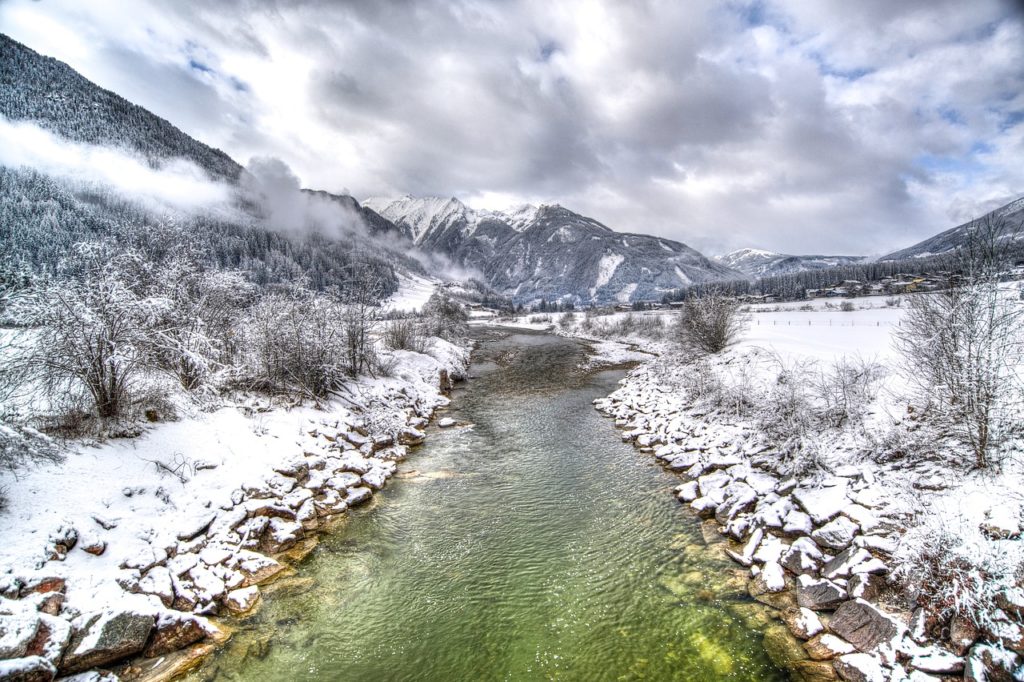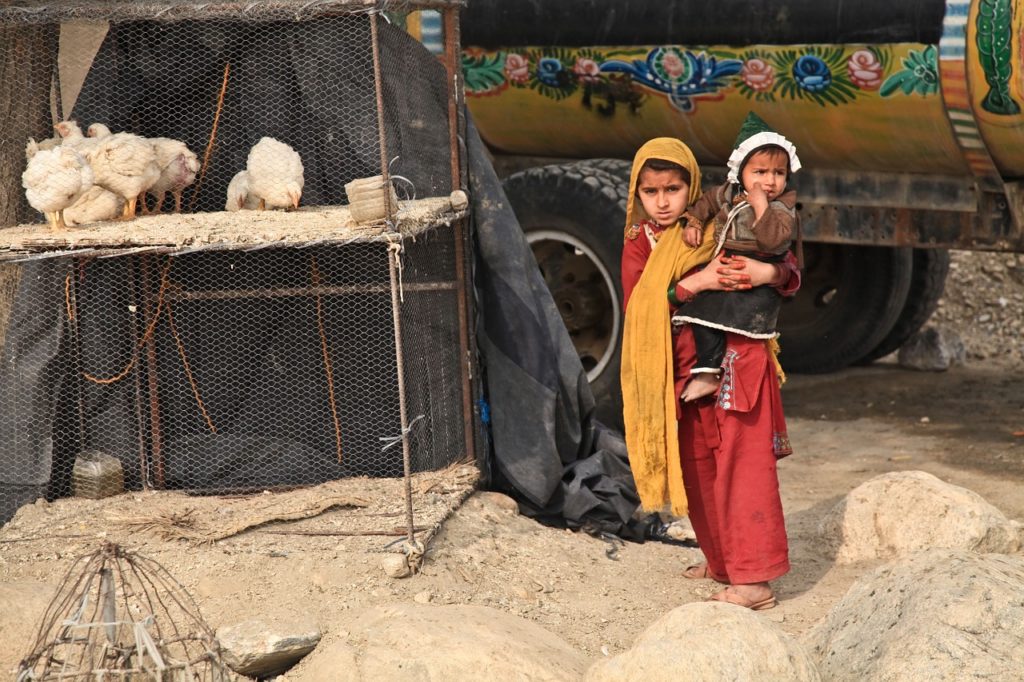While water is essential to life, there isn’t a lot of it in the Middle East. With an average annual precipitation of less than 13 inches, Afghanistan is one of the most water-scarce countries in the Middle East region. Most of the country’s 32 million residents obtain their water from rivers and underground wells. However, due to climate change, their water levels have dropped dramatically in the last 10 years, threatening much of the population. In addition, an inability to gain access to clean water has created concern.
Causes of Water Scarcity in Afghanistan
Low precipitation isn’t the only reason for water scarcity in Afghanistan. Deficiencies in sanitation and water infrastructure have contributed to the lack of access to clean water.
-
Inefficient Use of Snowmelt
Afghanistan’s water sources depend heavily on snow and rain. The Afghan mountains receive a good amount of snow every year, and when that snow melts it runs down into the country’s cities and towns as water. The ability to use this water effectively requires infrastructure such as dams and reservoirs, which the government has little time or money to build. As a result, it’s estimated that less than 40 percent of the snowmelt in the Afghan mountains is actually used in Afghanistan.

-
Crumbling Pipe Systems
One the primary reasons for the lack of access to clean water in Afghanistan is the years of conflict that have plagued the country. The struggle has led to the destruction of most of the country’s water infrastructure, such as pipes and pump stations.
-
Lack of Sanitation Infrastructure
In Afghanistan, many lack access to sanitation infrastructure such as public toilets. As a result, open defecation and outhouses are common, meaning human waste often infects water resources. Since wastewater treatment is also non-existent in the country, sewage often contaminates the groundwater.
-
Irresponsible Waste Management
Trash is often mishandled in the country, posing a threat to the limited sources of groundwater. Hospitals in the region have even been known to simply dump or bury their biowaste.
Consequences of Water Scarcity
Water scarcity can have a number of negative effects within a community. Health threats are the primary consequence. Diseases that result from dirty water—diarrhea, dysentery, and cholera—are prevalent in Afghanistan, particularly among children.
-
Child Deaths
A quarter of child deaths in Afghanistan are a direct consequence of a lack of access to clean water. The health of Afghan children is compromised by water scarcity, which frequently results in stunted growth, iron deficiency, and cognitive challenges.
-
Unhealthy Babies
Afghan children are frequently malnourished—even in the womb—as pregnant women in the country don’t have access to clean water, either. Water scarcity contributes to high rates of premature birth and babies with disabilities.

-
Other Health Issues
Water scarcity weighs on Afghans’ health in other ways, too. Most people have to travel a long way to gather water and carry it along arduous trails, which can be particularly challenging on the body.
-
Local Conflicts
An often-overlooked consequence of water scarcity is local conflicts among Afghans. Many rural communities find themselves fighting over water in an attempt to secure this life-giving resource.
Solutions to Improve Access to Clean Water
Multiple foreign aid agencies are working to improve access to clean water in Afghanistan.
-
Sustainable Water Supply and Sanitation Project
The US Agency for International Development (USAID) is leading an aid effort called the Afghan Sustainable Water Supply and Sanitation (SWSS) project. The project has led to the improvement of more than 3,000 wells and almost 40 pipes, serving more than 600,000 people in Afghanistan. Additionally, SWSS has certified more than 600 Afghan communities as free from open defecation.
Health education is a vital part of improving water sanitation in a community, because sanitation infrastructure is only functional when people know how to use it. In order to increase the effectiveness of the new infrastructure that this project has provided, SWSS has worked to train more than 4,000 individuals to work within the community on hygiene education.
-
United Nations Development Program
The United Nations Development Program (UNDP) is also participating in a variety of projects to improve access to clean water in Afghanistan. These projects, such as the USAID efforts, are primarily focused on infrastructure. They include the development of water pipe systems, as well as the construction of wells and reservoirs. More than 600 UNDP projects across Afghanistan have helped an estimated 2 million people in the country.
-
US Geological Survey
The US Geological Survey is working with the Afghan government to create a comprehensive map that details where the country’s water supplies are located. They are also working to train and equip Afghan citizens with the ability to map underground water resources on their own.
-
German Federal Enterprise for International Cooperation
The German Federal Enterprise for International Cooperation (GIZ) has helped to construct six facilities for wastewater management across the country. GIZ is operating about 60 projects across the northern region of Afghanistan. Their work has dramatically increased the number of citizens with access to clean water in cities such as Kabul and Kunduz.

